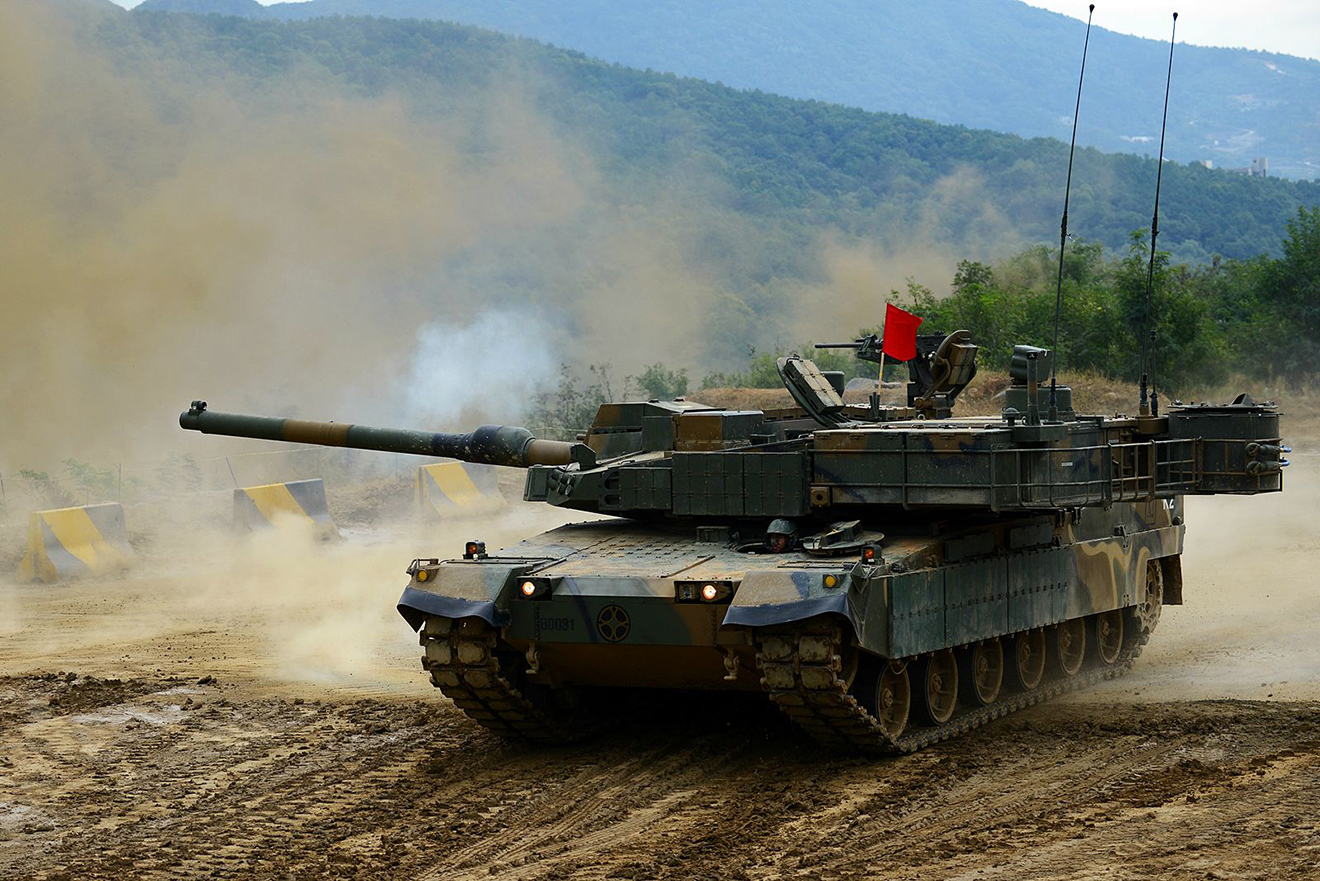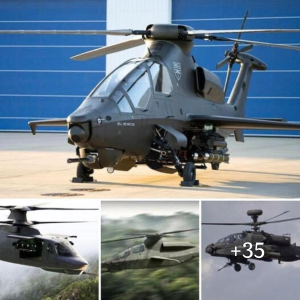In an ever-evolving world, where geopolitical tensions can erupt at any moment, South Korea, due to its location and the constant presence of its unpredictable neighbor to the north, must maintain a state of perpetual readiness. North Korea’s leader, Kim Jong-un, regularly underscores the possibility of provocative actions, keeping South Korea on its toes. In response, South Korea has invested heavily in creating a formidable military, one that boasts advanced vehicles and weaponry. Among these, the K2 Black Panther Main Battle Tank (MBT) stands as a testament to South Korea’s commitment to defense.

The K2 is not just a tank; it’s a symbol of South Korea’s determination to protect its sovereignty. This state-of-the-art machine comes with a hefty price tag, ringing in at a staggering $8.5 million per unit. Each unit represents a significant investment in South Korea’s defense capabilities, a fact underscored by its recognition in the Guinness World Records as the world’s most expensive main battle tank.
What makes the K2 Black Panther stand out is not just its cost but its sheer capability. Developed by Hyundai Rotem and the Agency for Defense Development, this tank is among the most advanced on the market today. Weighing between 55 to 61 tons, it fortifies South Korea’s tank force, which previously relied on the K1 and K1A1 tanks and the Russian-made T-80 when dealing with the North Korean army’s tank armor.

The K2’s journey began in the early 2000s when it entered its testing phase. By 2014, it had become a frontline service tank, recognized as one of the best-operational tanks worldwide.
One of the K2’s standout features is its CN08 120mm 55-caliber smoothbore cannon, which delivers formidable firepower. Thanks to an autoloader, the K2 can fire up to 10 rounds per minute, giving it a significant advantage on the battlefield. Additionally, the tank boasts a 7.62mm coaxial machine gun and a 12.7mm K6 heavy machine gun to handle secondary threats.
The tank’s 120mm main gun relies on an advanced fire-control system, incorporating an Extremely High-Frequency radar system, a Raman laser rangefinder, and a crosswind sensor. This level of technology allows the K2 to acquire and track targets up to 6 miles away, making it a highly effective weapon system that can fire on the move and engage low-flying aircraft. Its modern fire control system even adjusts for rough terrain, ensuring precision accuracy.

The K2 is no slouch when it comes to mobility either. It can reach a top speed of 70 kilometers per hour and accelerate from 0 to 32 kph in just 8.7 seconds. Designed to handle off-road conditions, it maintains speeds of up to 52 kph. Its robust design enables it to climb 60-degree slopes and scale 1.8-meter-high vertical obstacles. Remarkably, the K2 can ford rivers up to a depth of 4.1 meters with minimal preparation, thanks to a snorkel system that keeps the turret watertight.
South Korea envisions up to 300 K2 Black Panthers serving in its military, a testament to its confidence in this formidable machine. The tank features a domestically-produced 120mm Rheinmetall cannon under license, and its engine packs 1,500 horsepower from the renowned German engine maker, MTU.

The K2’s cannon can also launch an anti-tank missile, the KSTAM-II, hitting targets up to 5 miles away. Despite its lighter weight compared to the Abrams tank, the K2 maintains a powerful power-to-weight ratio, making it an agile and potent military asset.
In terms of protection, the K2 incorporates modular composite armor with its composition kept a closely guarded secret. Additionally, it utilizes Explosive Reactive Armor (ERA) blocks, which defense experts say provide protection on par with the US military’s M1A2 Abrams tank.
The K2 Black Panther Tank is a complete package, featuring an autoloader system with a maximum rate of fire of 15 shots per minute and a maximum firing range of 10 kilometers, all assisted by a sophisticated fire control system.
In addition to its impressive technological features, the K2 Black Panther can wade through rivers or lakes as deep as 4.2 meters, making it a versatile and formidable asset in South Korea’s defense arsenal.





